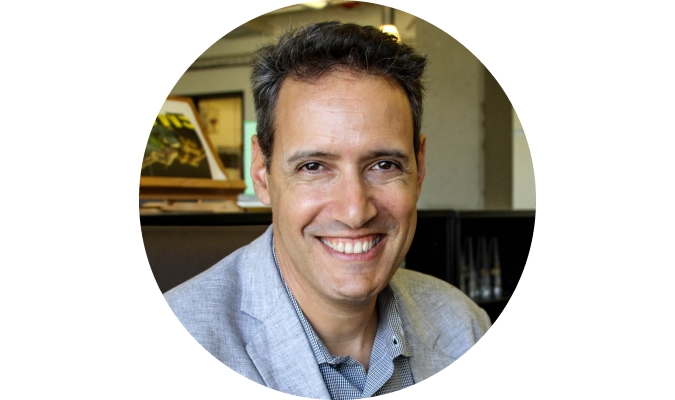
MM&M – The CEO and founder of Antidote talks about what inspired him to start the company, which recently received funding from Merck.
Pablo Graiver is CEO and founder of Antidote, a clinical trial recruitment health startup. In September, Antidote raised $11 million in a funding round led by the Merck Global Health Innovation Fund.
What’s your morning ritual?
I (very) recently moved from London to the U.S. so I’m in the process of establishing a new morning ritual. It usually includes getting up at around 7 a.m. with no alarm, then a shower, making breakfast for my daughters, and doing the school run. And then I hop on the train into the city. Podcasts during the commute are essential — my favorites right now are “The Daily” and “This American Life.”
How did you get into the industry?
I grew up in Argentina and had a good friend who was a physician. I would ride my bike to the local hospital to shadow her, and it started a lifelong love of medicine. Eventually, I became an internet entrepreneur.
Fast forward to a glass of wine in London with the same physician friend, who is now a cardiologist. I was itching to start something new, so I asked her, “What is the biggest issue in healthcare today?” She spelled it out for me: While clinical trials are vital to the development of new treatments, many fail before they even begin. Researchers struggle to find the right people to take part in their trials, while patients have no way of easily finding trials to join. I felt uniquely suited to solve this problem, with my interest in healthcare and my expertise in meta-search technology at companies like Kayak. My wheels began spinning and that’s really when Antidote was born.
What is the last thing that inspired you?
Just last month, we received an email from a patient advocacy group that was talking about our impact — they had received more searches in their first month with our search tool on their site than in the past ten years combined. Knowing we’re making a difference is what inspires me.
What industry event are you most looking forward to?
We’re heading to the Global Site Solutions Summit in early October, and I’m really excited because it will be our first time attending that event. I’m going to be moderating a workshop around using social media to recruit patients for clinical trials, which I think is an area with the potential to make a huge impact, if done right. We’ll also be sharing our latest product, Antidote Base, through which clinical research sites can tap into our unique network to find patients who are eligible for their trials and interested in taking part.
What are some health gadgets or apps you’re currently using?
I’m loving my Apple Watch — I use it to track my activity, pulse, heartbeat. I’m a data guy, so that level of detail about my health is important to me. I also have it connected to the Nike running app and a cycling app.
This Q&A has been edited and condensed.




